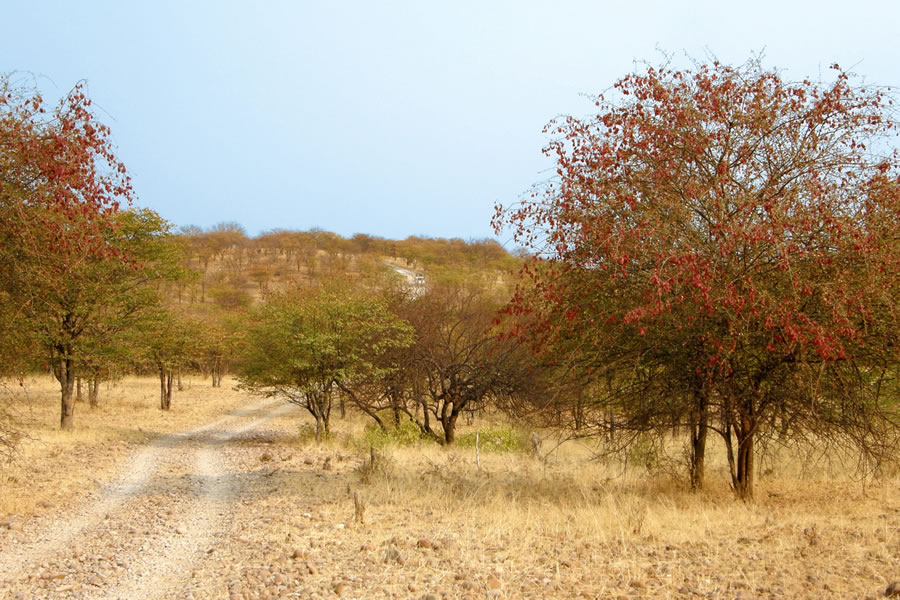
My Story Continues
by Father Robert Fambrini, S.J. | 11/24/2019 | From Fr. FambriniMy first visit to San Diego as a Jesuit came in March 1969, just as the finishing touches were being put on the Coronado bridge. As a second year novice at the time I was assigned to Our Lady of Guadalupe parish with a companion novice as part of my novitiate formation. Our task was simply to help out where needed. I remember painting rooms! We were not there long, perhaps only three weeks or so, but that initial experience made quite the impression on me. Fr.
Richard Brown was the young associate pastor with whom we interacted throughout our stay. A short few years later upon the death of the pastor, Rich was appointed pastor and probably did not envision at the time that he would be in that position for the next 37 years. He was a model pastor, loved by all for his gentle spirit and many pastoral kindnesses. I certainly did not envision that I would eventually be replacing him.
Continue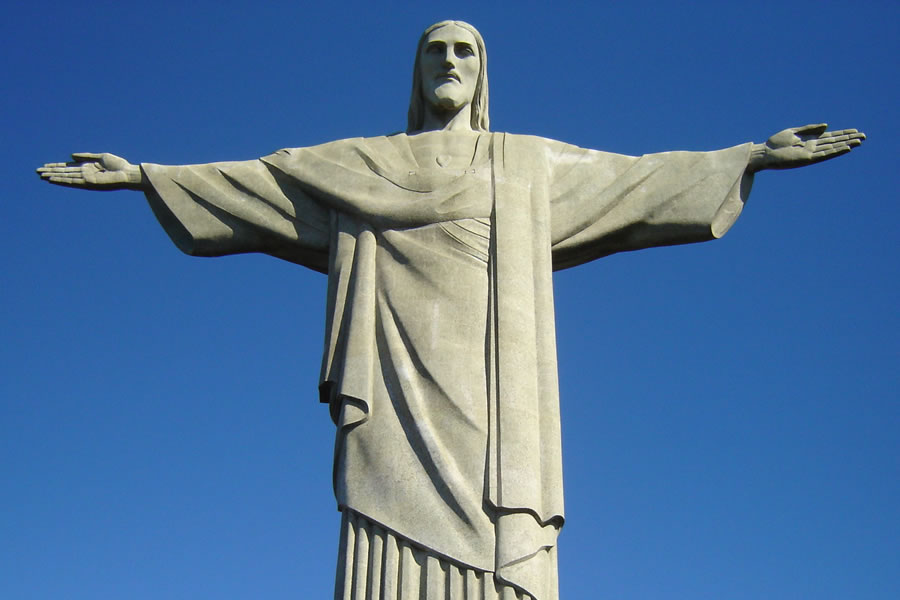
Together Let Us Go Forth ~ Juntos Sigamos Adelante
11/17/2019 | From Fr. FambriniOur journey as Catholics is not yet complete – God has much more in store for us! He calls us to step out in faith, to deepen our walk with Him and to bring others to an encounter of His love: to become Disciples and to Evangelize through our words and lives. Every parish and mission in our Diocese will join together for a historic effort: a campaign for Discipleship and Evangelization that will benefit millions today and, in the future, Together Let Us Go Forth - Juntos Sigamos Adelante. Through our prayer and generosity, we will support important Evangelization and Discipleship efforts throughout our Diocese:
- Our Future Priests
- Catholic Students and Schools
- Over 70 Ministries of the Diocese Continue
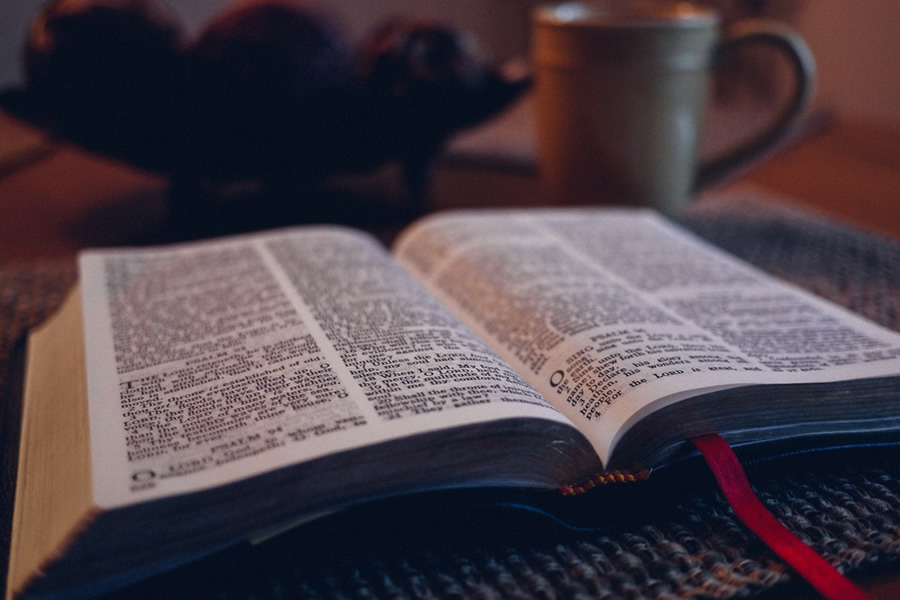
My Story Continues
by Father Robert Fambrini, S.J. | 10/27/2019 | From Fr. FambriniAll religious superiors are required by Canon Law (the law of the church) to have a group of consultors in order to provide proper advice and perspective on issues of governance. While I was assigned to Blessed Sacrament in Hollywood, I was informed by the provincial that he had appointed me to be one of his consultors. This sent me scurrying as I had no idea what this meant.
It didn’t take me long to understand that this meant monthly meetings where the confidential issues of the province were taken up for discussion. These issues of governance included personnel issues, the assignment of superiors to our various works and the evaluation of ministries.
In 1993 it came time to select a new Director of Novices, which is arguably the most important position in the province, second only to the provincial himself. The consultors spent at least two of our monthly meetings composing a lengthy two-page, four paragraph description of the type of person we were looking for. The plan was to send this document of qualities out to the various houses of the province requesting suggested names. Good luck, I thought, as I reviewed the letter we had composed. Who could possibly meet these expectations? Jesus need not even apply!
Continue
My Story Continues
by Father Robert Fambrini, S.J. | 10/20/2019 | From Fr. FambriniLast week in my letter I wrote of the Jesuit who made the greatest impact on me in spiritual formation, John McAnulty. This week I present the Jesuit who mentored me in my pastoral ministry, Bob Curry.
Bob and I met in the summer of 1983 at the Institute of Jesuits in Parish Ministry in Santa Clara. At the time Bob was the pastor of Old St. Joe’s in Philadelphia, founded in 1737 and located very close to Independence Hall. I had just been named pastor of Christ the King in San Diego, a poor inner city parish with a mixed congregation: black, white, Hispanic. After the conference I went to another conference and then took my vacation. When I returned to my office some three weeks later, filled with much anxiety, I clearly remember seeing one of those pink “while you were out of the office” memos on the top of the stack of mail. It was from Bob welcoming me to my first day as pastor and extending a hand of help and guidance. I took him up on his offer. I was so glad I did.
Continue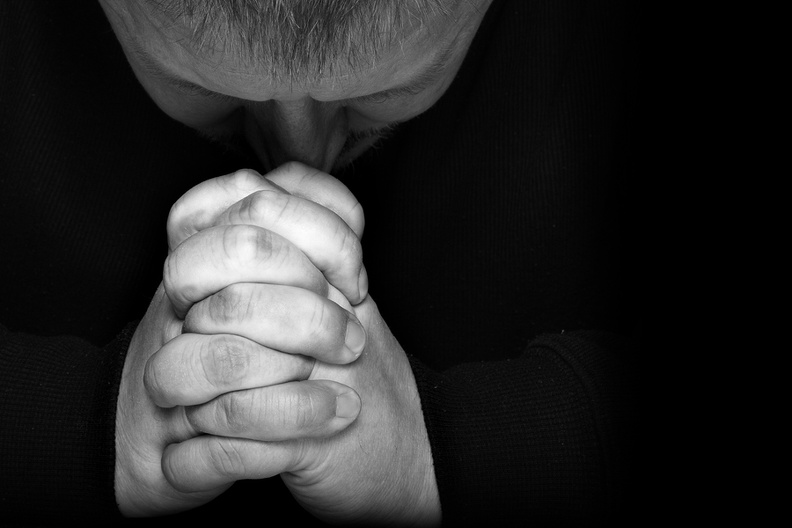
My Story Continues
by Father Robert Fambrini, S.J. | 10/13/2019 | From Fr. FambriniI have decided to keep my finger on the pause button of the chronology of my life’s story. Over the next two weeks I want to share a bit of my relationship with two Jesuits who were critical to my formation and pastoral ministry history.
First of all, let me tell you that when I read in the Gospels of Jesus promising a hundred of blessings to those who dedicate their lives to him, in my own life I consider that to be the countless friendships I have made in my 52 years as a Jesuit. To be a member of the Society of Jesus is to be part of a large family which extends across the globe. When I enter a Jesuit house in some out of the way place where I have never been before, I still feel at home.
As I wrote several weeks ago, I entered the Society at the tender age of 17. To say I was young would be an understatement. There are, of course, both advantages and disadvantages to this. A definite advantage is that the younger the person is upon entrance, the easier it is for him to be formed. I feel that was my case.
Continue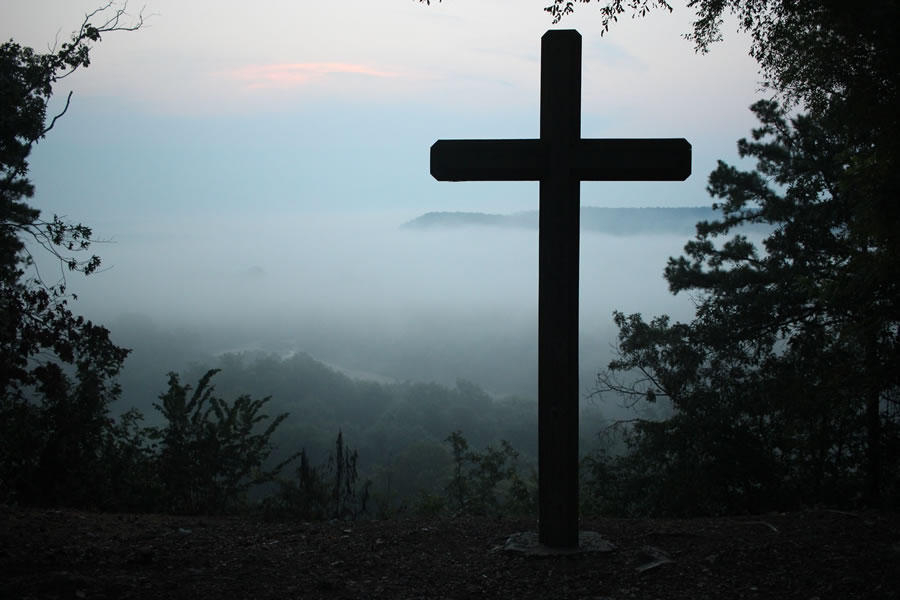
My Story Continues
by Father Robert Fambrini, S.J. | 10/06/2019 | From Fr. FambriniMy need to know more involves a bit of history on the civil war in El Salvador -- a war that lasted from 1979 to 1992 with an estimated 75,000 deaths, mostly civilians. The root cause of the conflict, as is usually the case in poor Third World countries, was distribution and ownership of land. However, it was packaged in the all-too-easy label of freedom vs. Communism. There were human rights atrocities on both sides but the vast majority were perpetrated by the military. The Reagan and Carter administrations provided military aid of $1-2 million per day which included significant training of troops.
Continue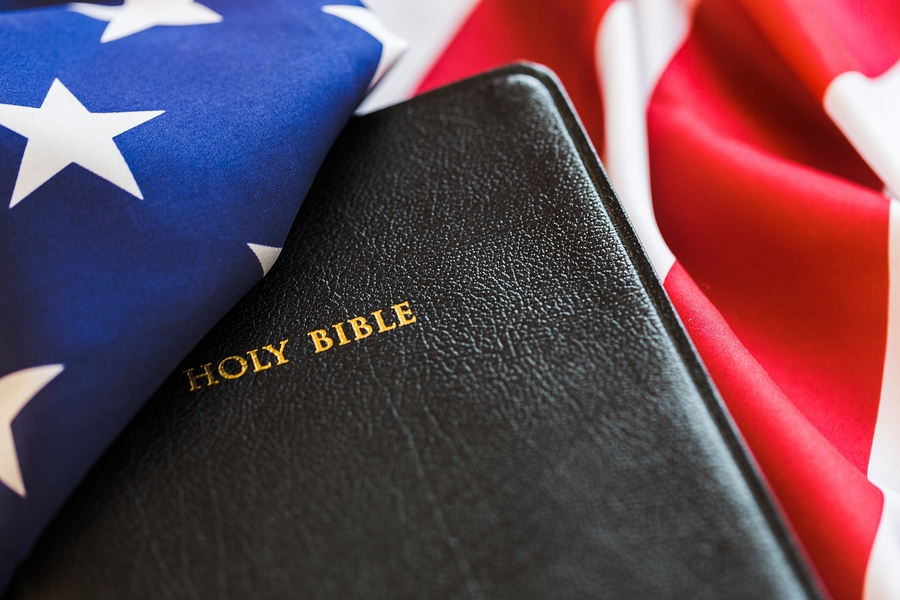
My Story Continues
by Father Robert Fambrini, S.J. | 09/29/2019 | From Fr. FambriniThis week I have decided to take a break from the chronological order of my ministry history to compose an “overlay” letter which will attempt to explain my passion for social justice. This drive within me began even before I entered the Jesuits but, of course, the Jesuits had a hand in it.
I was a senior at St. Ignatius in San Francisco when I first read Dr. Martin Luther King’s letter from the Birmingham Jail. Something about that testimony grabbed me and perhaps, for the first time in my life, gave me an insight that my world experience was not exactly like everyone else’s. My admiration for the letter was enhanced years later when I learned that Dr. King had written the letter on the blank white margins of newspapers and had it smuggled out of prison. During my Jesuit years of formation I moved to St. Louis to study philosophy which never made sense to this very practical person until my theology studies several years later. There in the Midwest I met many Jesuits who had cut their social justice teeth at the Indian reservations in South Dakota. Again, I encountered a world experience much different from my own.
Continue
My Story Continues
by Father Robert Fambrini, S.J. | 09/22/2019 | From Fr. FambriniBlessed Sacrament Church (BSC) in Hollywood is similar to St. Francis Xavier. Both are large, beautiful churches right in the heart of town. Blessed Sacrament is located on Sunset Boulevard and is about 15 years older than SFX.
For many years BSC was known as the “Church of the Stars.” Such parishioner names as Irene Dunne, Ray Bolger, Loretta Young and Ricardo Montalban were often mentioned. Many famous celebrities were either married or buried from there.
By the time I arrived in 1988, much of that had changed. The area surrounding the church (the flat lands) were inhabited by immigrants from Central America and Mexico. Those who lived within our parish boundaries in the Hollywood Hills had begun to frequent the wealthier parishes to the west.
I became pastor in 1989, following Fr. Ed Callanan, S.J. To be honest, I do not remember much of the experience of my five years there except that there never seemed to be a dull moment. The economic contrast of the poor neighbors and the homeless who slept on the front steps of the church and the wealthy businesses surrounding us was stark.
Continue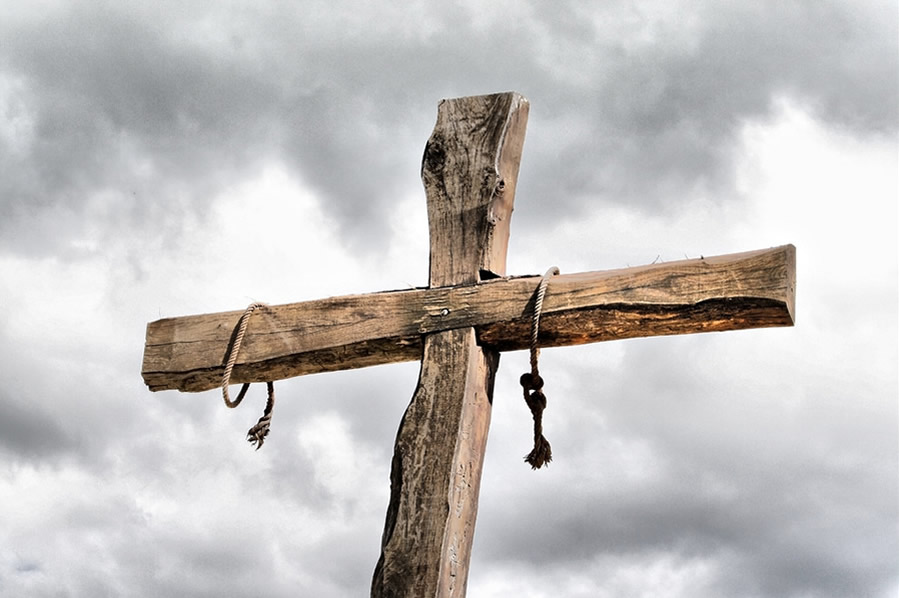
My Story Continues
by Father Robert Fambrini, S.J. | 09/15/2019 | From Fr. FambriniSome would describe the formation of a Jesuit with words such as “long”, “thorough,” even “different.” Truthfully, it is all of this. In my case it was quite long, twelve years from entrance right after high school to ordination. Jesuit formation is certainly thorough. There are certain stages we all must go through but within those stages, there can be much creativity. The formation is shaped toward what the individual Jesuit needs for his preparation. As I have described earlier, my formation was geared toward pastoral work. Jesuit formation is different in that it is quite unique. All religious orders require a year-long novitiate during which time the novice receives an education in the spirituality and charism of the particular congregation. The Jesuits have a two-year novitiate. To my knowledge, all male religious orders have their members pronounce their solemn vows before ordination. Not the Jesuits! I was ordained twelve years before I pronounced my final vows. I was not delayed for poor performance!
Continue
My Story Continues
by Father Robert Fambrini, S.J. | 09/08/2019 | From Fr. FambriniDuring the summer of 1982 I packed my belongings and moved 90 miles south to a new parish in southeast San Diego. Christ the King parish was founded in the 1930s as the national parish for the African American Catholics of the diocese. Leading up to its founding, black Catholics had experienced much discrimination while attending Catholic churches closer to their homes. The congregation took great pride in their church and, although a small congregation, they were a model of hospitality. A nationally known priest who was involved with parishes throughout the country came one Sunday for the Gospel Mass in civilian attire and reported to the US bishops afterward that he was touched (welcomed physically) five times before he got to his seat.
In many ways when it came to liturgy, the place spoiled me for life. If you have ever been to a Gospel Mass, you know the spirit-filled experience. There is a definite cultural difference: by and large, in white and Hispanic congregations approval is measured by silence. In black congregations, approval is noise: proclamation and response. The presider gives half of the sermon and those gathered give the rest.
Continue
My Story Continues
by Father Robert Fambrini, S.J. | 09/03/2019 | From Fr. FambriniMy father was born in San Francisco, a first generation American of Italian parents. He was an only child of a demanding father who forced him to play the accordion. His mother (my grandmother), who suffered from alcoholism, died of a heart attack two weeks before my parents got married in 1947. His father (my grandfather) who suffered from depression, took his own life when I was 15.
My parents were high school sweethearts but my father’s religious education was limited to the basic sacraments. My mother, on the other hand, came from a very religious family and she made it clear to my father that marriage would include Mass together every Sunday. And, so it was.
My father’s education was limited to high school but throughout his life he was curious about many things. One of my clearest childhood memories was of his getting up off the couch to look up something in the World Book Encyclopedia (our prized possession) which he had just seen on TV. He died too young; he would have fallen in love with the Internet.
Continue